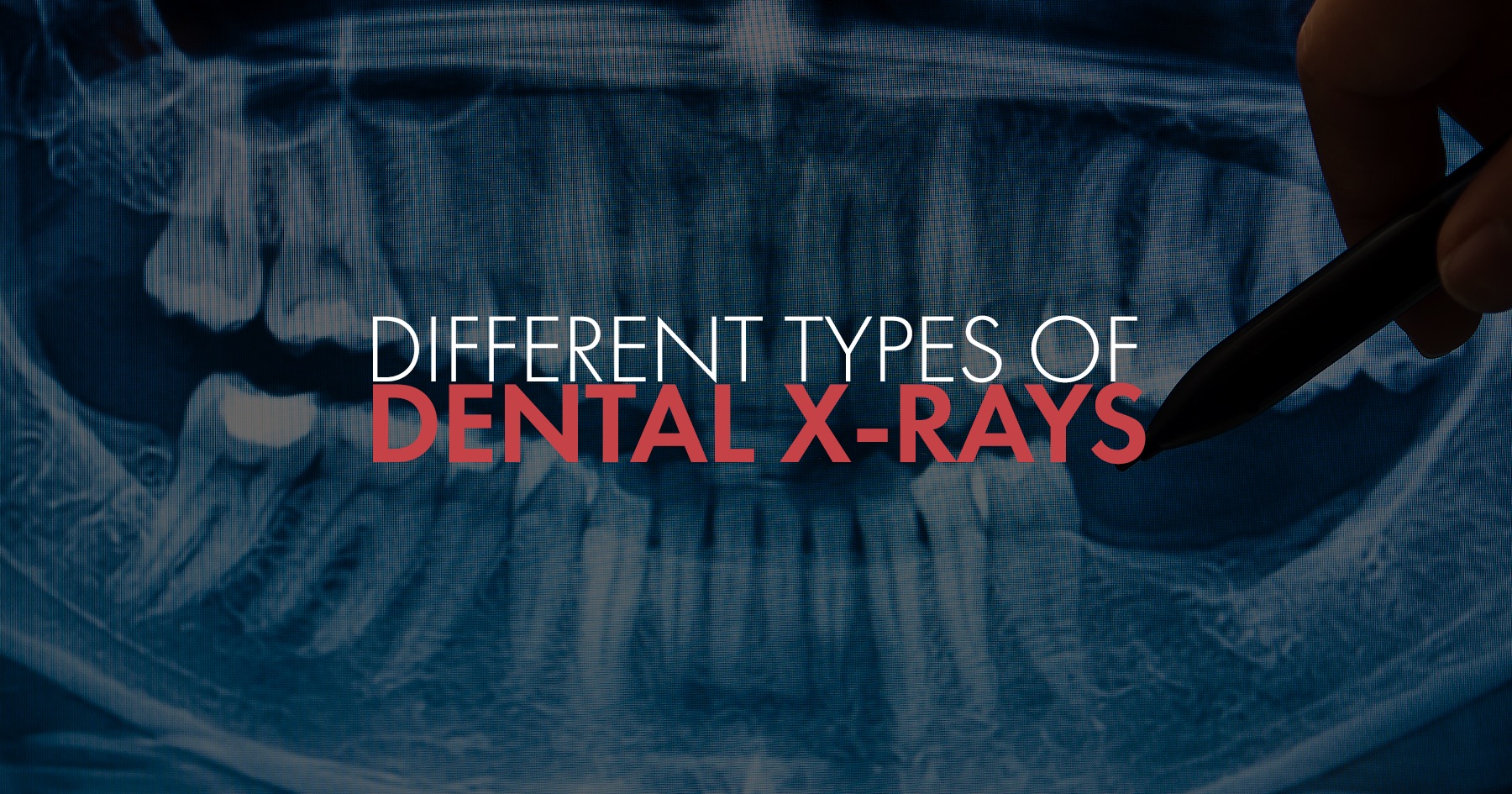
During a dental appointment, it’s not uncommon for your dentist to want to take a closer look at what’s going on inside your mouth using an X-ray. They’re useful tools for dental professionals, but for the rest of us, they can sometimes be a little intimidating. Here’s a quick guide on some of the most common types of dental X-rays, so you can be more relaxed in the chair and impress your dentist with your knowledge!
Bitewing X-rays These are probably the most common type of X-rays you’ll receive in a dental office. They are so named for their shape, and are primarily used to determine whether there are cavities in the areas between the teeth. These can catch problems early that, left undetected, would need a root canal to fix.
Panoramic X-rays If you’ve ever stood in the middle of an X-ray machine at a dentist’s appointment, it was one of these. This type of X-ray machine rotates around the head, giving your dentist a specific and detailed view of all the teeth and bones in your head, typically used to help your dentist map out extractions or braces.
Periapical X-rays These are similar to bitewings, but they capture focused images of a couple teeth at a time rather than a specific side of your mouth. They are mainly used on patients starting in middle age and older, because these patients are more prone to infections and abscesses; exactly the types of problems that these X-rays are good at detecting!
Dental Cone-beam CT (CBCT) Scans These are traditionally reserved only for cases in which more information about the teeth is needed than the other kinds of X-rays can deliver. They provide three-dimensional images of the teeth, roots, and jaw, but use a bit more radiation than the others, so dentists prefer to use them sparingly!





